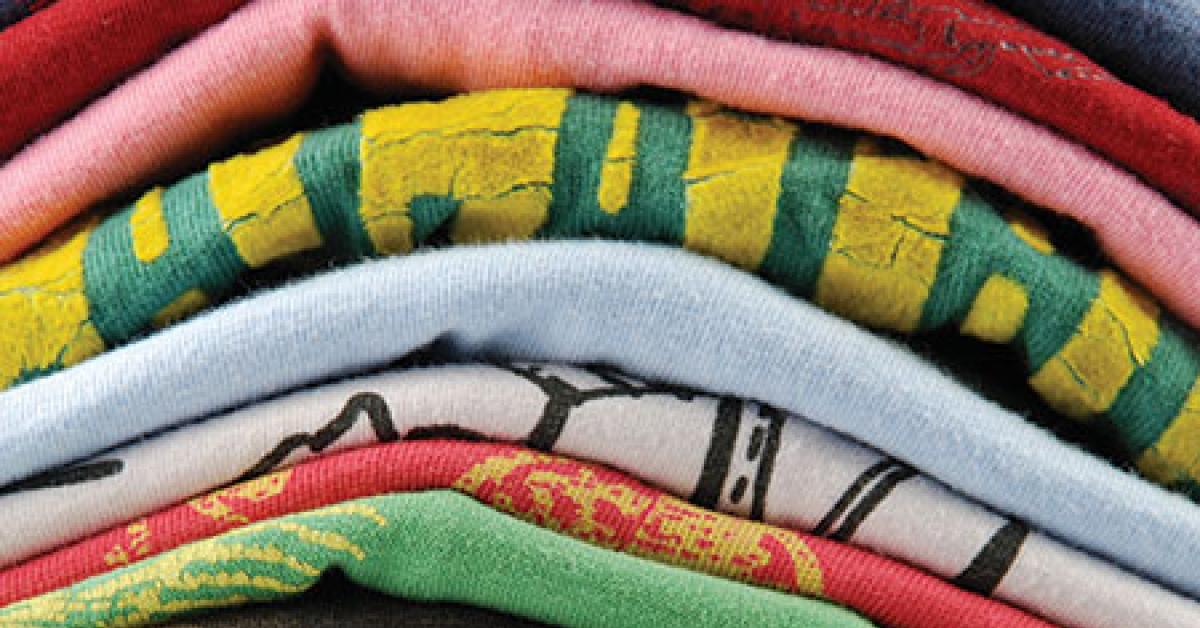ATLANTA — While roughly 60% of U.S. coin laundries offer some form of fluff and fold services, based on a recent survey by the Coin Laundry Association, an estimated 15% of dry cleaners do. That means there’s a tremendous opportunity for cleaners willing to offer this ancillary service, says Beverly Blank, who ran a successful wash-dry-fold business in the Los Angeles area for more than a decade.
Speaking during a Clean 2015 educational session sponsored by the Drycleaning & Laundry Institute, Blank laid out her concepts for developing a money-making service.
THE BASICS
Depending on where you live, fluff and fold may be known by some other name, Blank says: drop-off laundry, laundry services, wash and dry, bundled services, full-service wash, or wash and fold.
But no matter what it’s called, she says the basics are the same:
Staffing — You only have a short time to make a lasting impression, Blank says, so select and train your staff carefully.
“They should be friendly, informative, and possess great communication skills,” she says. “Neatly attired staff send a professional message to your customers.”
Phone Etiquette — See that your business phone is answered promptly, and that the person who does speaks clearly. If you utilize a voice mail service, make certain that any messages left are answered quickly.
“When your staff answers the phone, make certain they are smiling, and that they act professionally,” Blank says.
Receiving the Order — Weigh the entire order while your customer is present, then fill out the invoice completely (include the number of pounds, price per pound, and total amount due), making certain that your company’s contact information is included.
The customer’s name, contact phone number, date the order was received, and date of pickup should be listed, as well as any special requests. Tag all bags or containers associated with the order with a specific color to keep separated from other orders while processing.
Accept payment, provide the customer with a receipt, and always thank him/her for the business, Blank says.
Sorting — Use rubber gloves when sorting and separating items according to texture and color before washing. Separate whites from lights, and lights from darks. Using lingerie bags is ideal for protecting delicate items during processing. Wash blankets, rugs, rags, etc. separately for best results.
Inspection and Preparation — Check pockets, remove any contents and place them in a plastic bag to be attached to the order. Close zippers to avoid possible damage to other articles. Turn shirts, pants and outerwear inside-out to contain linting. Mark and pre-treat stains.
“Dry cleaners are experts in this area, and that is a very big plus with your fluff and fold customers,” Blank says.
Washing and Drying — Use hot water for whites, but cold water for everything else, Blank says. Spin washer and dryer drums so items like socks don’t go missing. Avoid problems by following wash label instructions.
Blank had her team re-sort goods by fabric type before drying. General temperature guidelines are hot for blankets, jeans and towels; medium for permanent press such as T-shirts and blouses; and low temperature for delicates.
Finishing Touches — Fold and deliver the clean goods in a new plastic bag, Blank says, or perhaps even a logoed bag that will further promote your brand to customers. She does not favor wrapping the laundry in plastic, although she does know other fluff and fold providers that prefer it.
Check back tomorrow for the conclusion covering service options!
Have a question or comment? E-mail our editor Dave Davis at [email protected].


